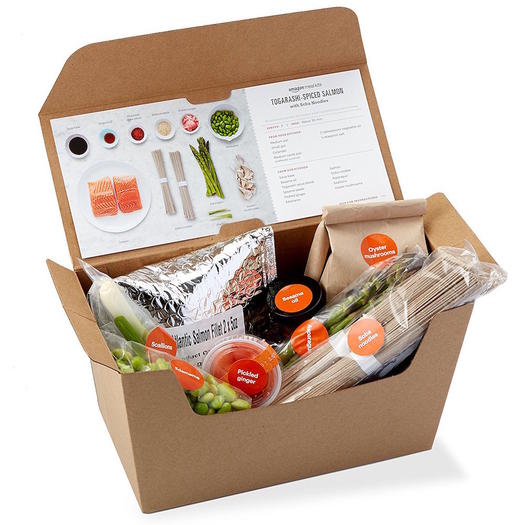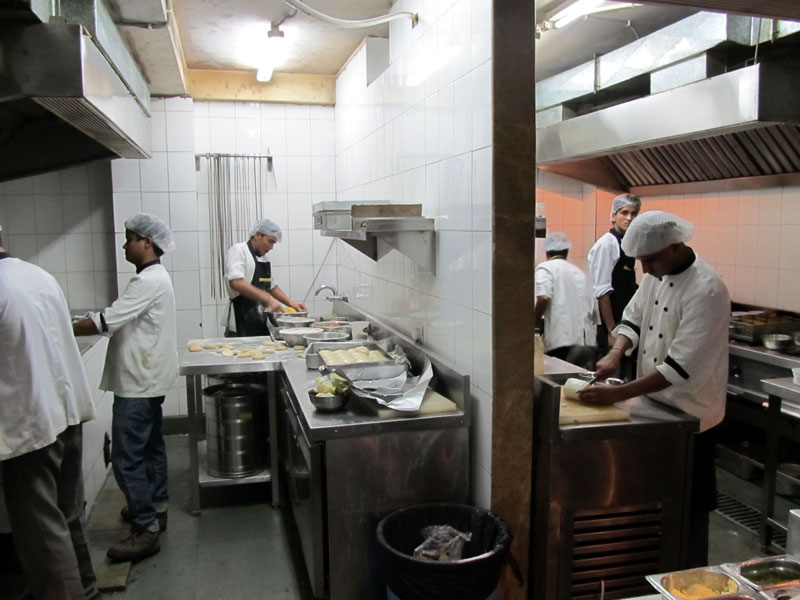Every restaurant, individual or chain, should have the right to offer a printed menu in whichever style suits them.
But standards are also good, like calorie counts on menu items, and whether they are vegan (or whatever) or not, or allergy info.
So have both. At the restaurant entrance have available a standardised, generic looking menu that tells people who care, everything they need to know. Plus QR codes that provide versions for people with vision problems.
Most people will ignore them, but for those who need such info, it would be very welcomed.


